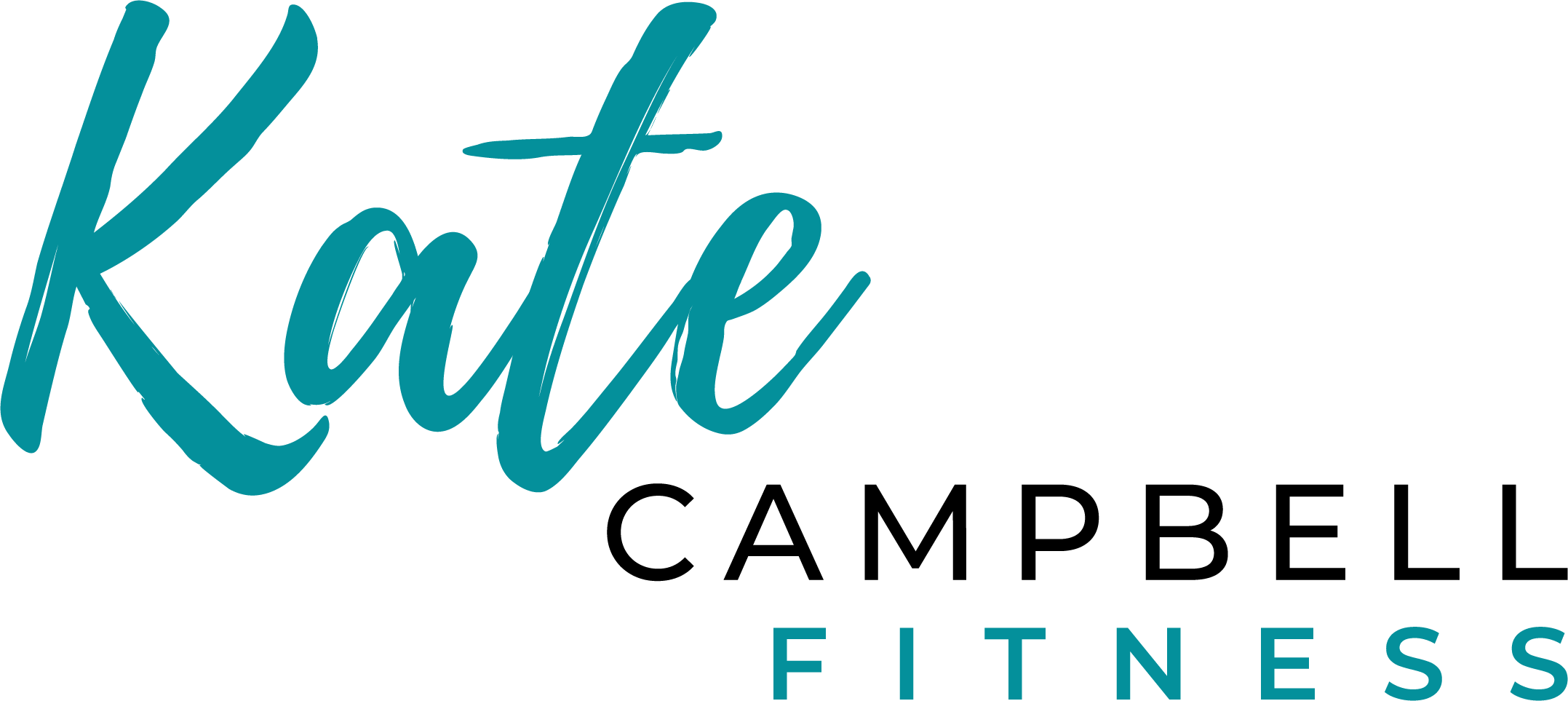Jenny
Are you confused with all the information out there when you search for answers about Diastasis Rectus abdominis?
What is Diastasis Recti?
Diastasis Recti is the thinning and widening of the connective tissue, called the linea alba between the rectus abdominis muscles AKA the six–pack. This causes the midline to bulge when intra – abdominal pressure is increased.
The linea alba naturally stretches during pregnancy to accommodate baby or in Jo’s case two babies. Having a multiple pregnancy is just one of the risk factors associated with increase in diastasis.
How can you close the gap?
The truth is the gap might not close! Closing the gap is often seen as the ultimate aim / goal. However the importance lies not with closing the gap but in the ability to generate tension by connecting with the deep transverse muscles to minimise distortion (doming laxness or bulging) across the midline during day to day activities and exercise. How do you do that? The answer lies with a conscious effort to retrain your core functionally through concentrating on activating your pelvic floor and engaging your transverse muscles in synergy (coordination) with your other abdominal muscles breath and movement.
Except taken from Keep Mums Fit Diastasis Recti The facts and practical support FREE Guide found in the members area.
Get in touch
If you have any questions we’d love to help! Click here to send us a message
Jenny Contacted me pre birth to enquire about Personal training after the birth of the Twins. She was already a mum of one so she was keen to have support from the very beginning and Keep Mums Fit had been recommended by a friend.
The twins were born by elective C/S in November and we started training in January, by May when we finished training together her results were better than she could ever have imagined. Her Rectus Diastasis resolved and she was back to running.
How did she do it? We began a core restore program focusing on functional daily exercises to improve posture, concentrating on the deep stabilising muscles of the abdomen, pelvic floor and back. This included specific pelvic floor exercises and pilate based core work.
Running was her passion so a slow gradual return was needed. Running doesn’t make you strong, to run you need to be strong first. That means concentrating on body weight and strength exercises for the lower body, focused balance exercises to strengthen ankles and knees and the ability to add short bursts of higher intensity training without pelvic pain, pressure, heaviness or leakage.
So after 12 weeks Jo began the couch to 5k program which included plenty of walking in between jogging allowed her joints and ligaments to adapt and cope with the added impact of running. Instead of training 3 days a week Jo started with 1 run per week increasing progressively.
Nutritional changes where the key to successful weight loss and energy improvement. Jo was breastfeeding so to help balance fluctuating hormones and support recovery following surgery a high protein nutrition plan was encouraged. Out went the refined sugary carbs replaced with a rainbow diet of healthy vegetables and slow release carbs plus healthy fats.
Initially focusing on 3 meals a day with no snacking in between meals. This allowed Jo to eat a combination of all the macronutrients in one sitting enabling her to remain full for longer.
Over the course of our training Jo lost 19lb, dropped 6% body fat and reduced her body measurements by 14.5cm.
Personal Motivation was high and although tired from looking after 3 under 3’s her desire to improve her fitness and strength was a priority.
4 months later and the complements were rolling in from colleagues family and friends. She was now a comfortable size 8, happy with her results and continuous fitness gains. She continued her body strength and core exercises and in September 9 months after the birth of her twins she was regularly running 5k comfortably up and down the hills of Sheffield with a twin buggy!
What a wonderful and inspirational success story.


